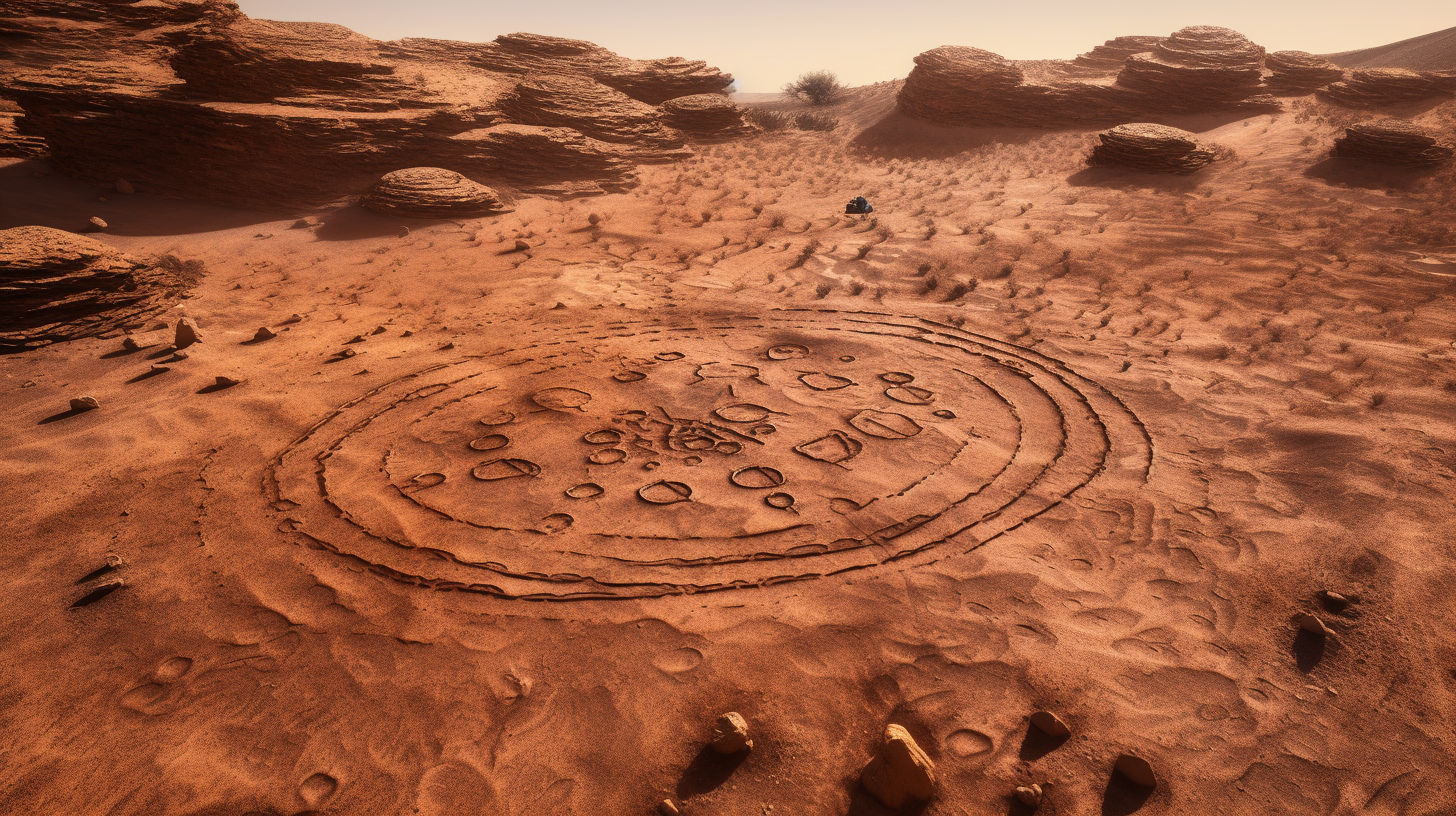In the vast expanse of the Peruvian desert lies an enigmatic canvas etched by the hands of a civilization lost to time. These ancient geoglyphs, known as the Nazca Lines, have fascinated researchers for decades, but recent advancements in technology have allowed us to delve deeper into their meaning and purpose.
Peru, December 2017. A team of explorers armed with state-of-the-art drones embarked on a mission to capture the Nazca Lines in unprecedented detail. Their high-resolution cameras unveiled secrets that had eluded human eyes for centuries.
As the drones soared above, intricate geoglyphs emerged from the arid landscape, including a colossal serpent and a majestic fish, both bearing cosmic symbolism.
These newly discovered geoglyphs, hidden in plain sight, have sparked a whirlwind of questions. Could they predate the famous Nazca figures? Some experts believe so.
The Paracas culture, predating the Nazca civilization by centuries, hints at a tapestry of cultures contributing to this ancient canvas. But why craft these intricate designs, most of which can only be appreciated from the sky?
The answer lies in the realm of speculation and wonder. Some propose that these geoglyphs were not meant for earthly eyes alone. Imagine being an ancient leader, commissioning a grand symbol of your tribe, only to find it invisible from the ground.
It’s hardly a satisfying legacy. Instead, these creations seem to be an attempt to communicate with beings from the cosmos, a celestial link forged by our ancestors.

For those who explore the idea of ancient astronauts and extraterrestrial interactions, the connection between the Nazca Lines and interstellar communication is undeniable.
Why would ancient civilizations invest such effort in detailed representations of terrestrial life if not to send a message? Recent images from Mars provide intriguing parallels.
Photographs captured by Mars orbiters, landers, and rovers suggest that even the Red Planet may harbor geoglyphs of its own. These formations, reminiscent of those crafted by American Indian mound builders, feature structural complexity and even pictographic images, such as the enigmatic “Face on Mars.” Stone circles dot the Martian landscape, raising questions about their origin and purpose.
One particular Martian anomaly has piqued the curiosity of researchers—a geological formation bearing a striking resemblance to a species of bird. Discovered in the RG Basin area of Mars, this parrot-shaped formation has been subject to scrutiny by geologists and veterinarians, including an avian specialist. Astonishingly, they found over 17 points of anatomical correctness, aligning perfectly with the shape, size, and orientation of a real parrot.
This peculiar discovery on Mars echoes a motif found on a copper plate crafted by the Hopewell Indians, depicting a parrot formation with an upraised wing. Could this mysterious parrot-shaped formation on Mars be connected to the thousands of geoglyphs found on Earth?
Ancient astronaut theorists boldly claim that these depictions of animals, humans, and birds might transcend mere artwork, constituting a form of language—a cosmic message from extraterrestrial intelligences.
Video:
In the shadow of the Nazca Lines and the enigmatic geoglyphs of Mars, we are left to ponder the mysteries of ancient civilizations. Did our ancestors reach out to the cosmos, crafting symbols that transcended time and space? The answers may lie hidden within these celestial canvases, waiting to be unveiled by the curious minds of explorers and researchers.
